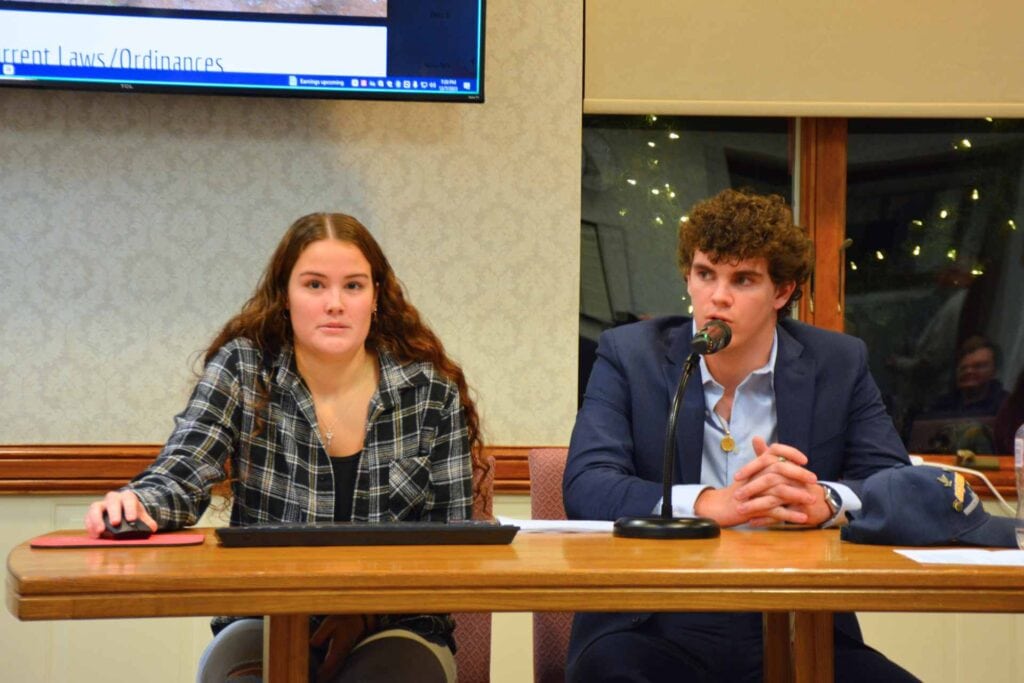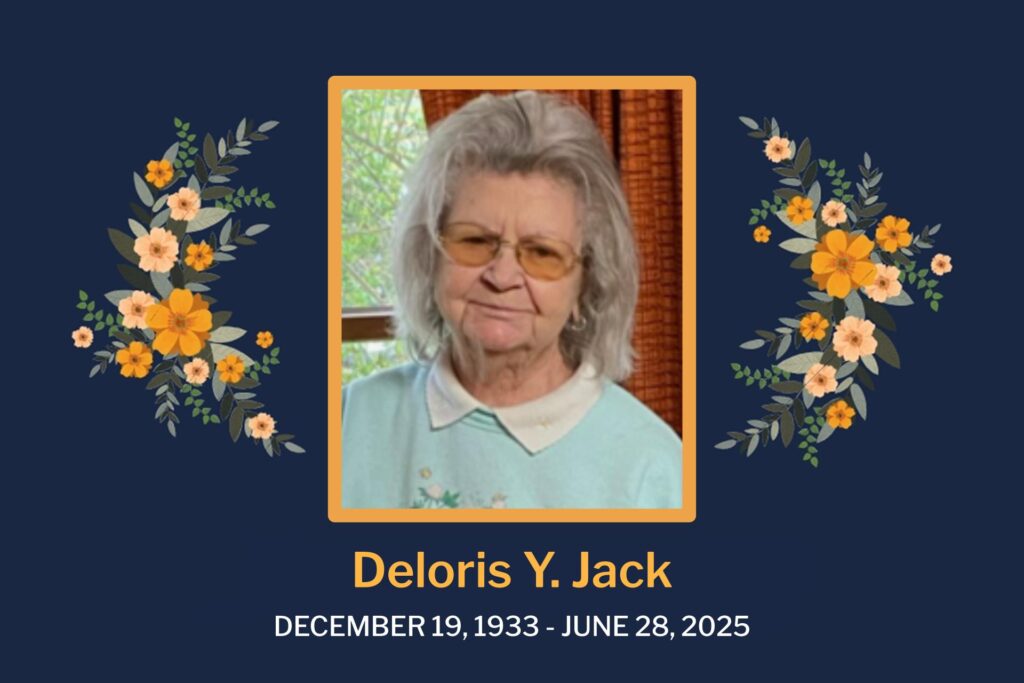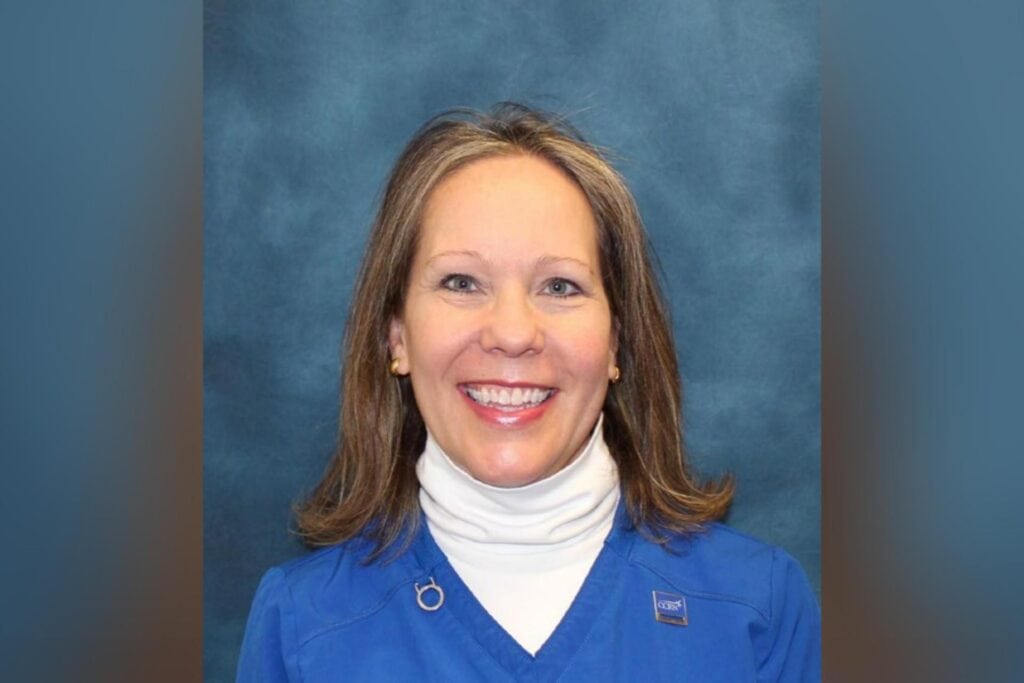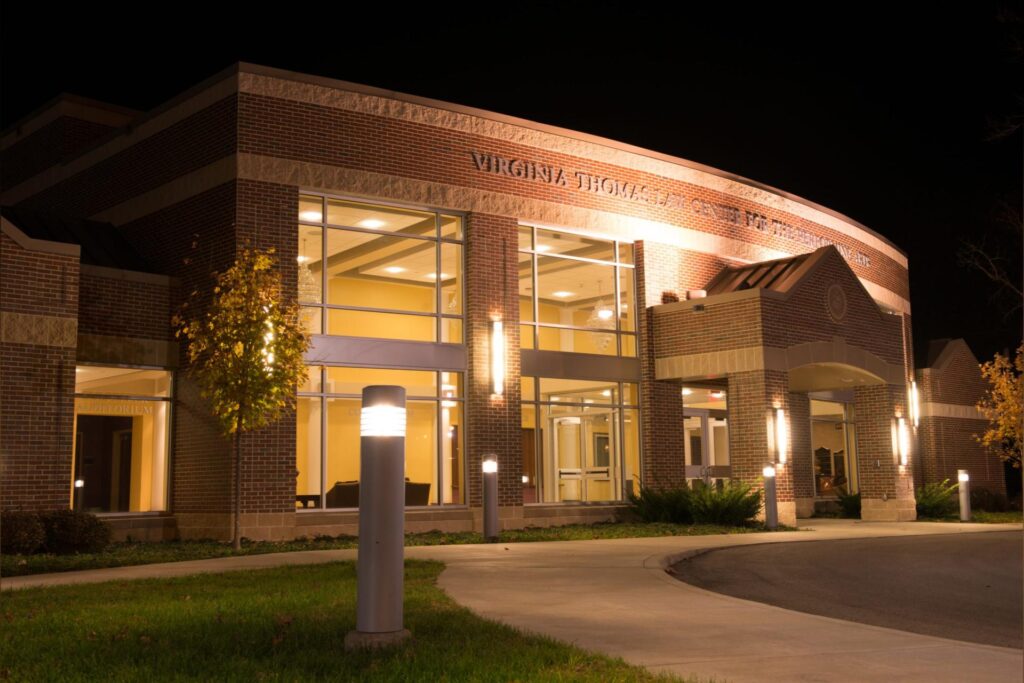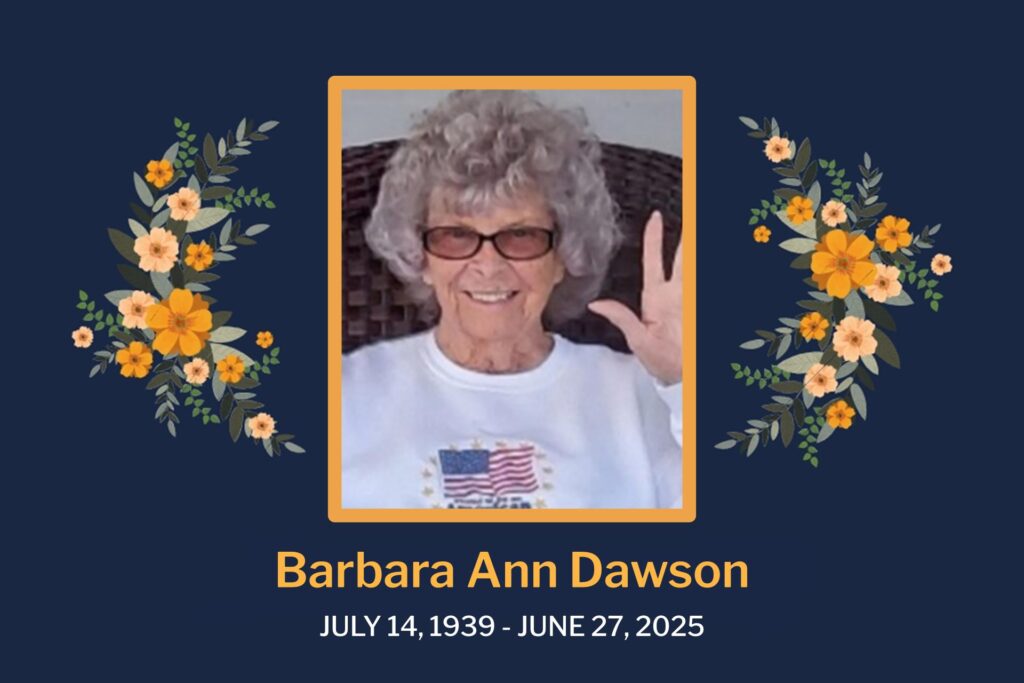BUCKHANNON – Several West Virginia Wesleyan College students presented proposed solutions to Buckhannon’s local cat colony dilemma.
Dr. Cory Martin and students from his newly developed public service major attended the Dec. 7 Buckhannon City Council meeting to present their findings after researching the ongoing cat congregation problem in the community.
“We are quite familiar with the varying opinions on the issue, and we’ve had a series of guest speakers throughout the semester, Mayor (Robbie) Skinner included, who have given us some of the background,” Martin said. “The students will speak to you about some of their policy recommendations this evening.”
The presentation began with WVWC college student Emma Witt stating the problem their class was presented with this semester.
“We are the first public service honors class here at West Virginia Wesleyan College, and there’s currently a large issue with the congregation of cats throughout the community, including around the popular Riverwalk Trail behind the college,” Witt said. “Starting out, a small number of the cats continued to reproduce and multiply fast.”
“Along with this, many of the animals are contracting rabies, making it more dangerous for the public,” she continued. “Although the cats are part of the environment along with other animals, they’re becoming too much for some members of the community, and something must be done about it.”
WVWC student Jack Gutekunst presented the various existing city ordinances designed to mitigate problems with animals throughout Buckhannon.
“The first ordinance we looked at was number 300, and it was about the feeding of undomesticated or stray animals, so this ordinance currently exists and should remain in order to keep our community safe and stop the expansion of animals congregating at large,” Gutekunst said.
He recommended that the ordinance be enforced, outlining its potential penalties.
“Enforcement has not been fully followed,” Gutekunst said. “The first offense for feeding a stray cat would be a warning or citation given by the city, a second would be a fine, and the third offense was a larger fine, and then the fourth is a step up with jail time.”
The class felt the next ordinance they evaluated should be modified to help deal with stray cats or outdoor cats within city limits.
“This ordinance dealt with the registration of cats and dogs, and while dogs who are adopted or brought in must be registered, we felt it should be mandatory for cats to be registered as well,” Gutekunst said. “It would [apply] to those who are breaking the law and leaving their cats in the colonies or letting them out and growing the situation.”
Registering cats would enhance the city’s ability to enforce the law laid out in Ordinance 300, he said.
WVWC student Kelsey Allen presented facts about the benefits of trap, neuter, vaccination and release programs.
“A female cat can have up to three litters per year, so in the span of that time, that’s a lot of cats,” she said. “Feral cats typically live in colonies from six to 12 cats, and removing only part of the colony will create larger issues of repopulation and will cause other colonies to move into previous colony territory, so taking away half of the cats is only half of the issue, because it’s just going to cause the cats to repopulate more.
“Our best solution for that would be to trap, spay, neuter and release the cats back to the location they came from,” Allen added.
Allen presented two nonprofits that are known to help facilitate spay, neuter and release programs.
“The Pet Door Rescue traps cats and works with the local shelters and veterinarians to get cats spayed and neutered and satisfies their other medical needs, and after they’re done with that, they release the cats back into their initial colony locations,” Allen said.
She also mentioned the efforts of the Animal Outreach program that operates in both Lewis and Upshur counties.
“It offers spay, neuter and re-homing assistance, so it provides free ear-tipping and a rabies vaccination,” Allen said. “They just recently received the Doris Day Foundation grant, which is going to help them to spay, neuter and rehome these animals that just got picked up.”
Ear-tipping indicates that a feline has already been fixed and is unable to reproduce.
WVWC student Brayton Boggs also prevented an overview of several programs involving stray cats being utilized to comfort veterans, help rehabilitate non-violent offenders or act as pest control on farms.
“The first program is a veteran therapy program, which can be implemented at our local VA Hospital in Clarksburg,” Boggs said. “As we know, veterans are subjected to [trauma that results in] psychological issues such as PTSD (post-traumatic stress disorder), depression and anxiety disorders, and these companion animals can be used to alleviate stress, help people cope with their feelings of loneliness and isolation.”
“By enacting this animal-assisted therapy program at the local VA hospital, patients will be able to develop positive relationships with animals, as well as have an increased quality of life, so that’s for the cats themselves and for the veterans,” he said.
Boggs also discussed a program where the cats could be paired with local, non-violent prisoners to help socialize the felines and give each inmate a sense of responsibility and meaning because they would be responsible for caring for the cat.
“There is no specific program like this in West Virginia, but there is a program that teaches inmates to manage and train dogs, so if we can apply this to cats, it will be very beneficial for a variety of different entities,” Boggs said.
Another program Boggs presented would rehome feral cats and make them barn cats.
“These barn cat programs can cater to feral cats unable to be rehomed due to things such as aggression and intolerance to human beings, so they can be in an outside environment, while also acting as a natural pest control on farms,” Boggs said. “There are programs related to this in Charleston, and they offer full health services before adoption, and they also allow for the consistent care of these cats while they’re at the barn, so with 20,000 farms in the state of West Virginia, this could be implemented as a multi-county collaboration.”
Buckhannon City Council members did not pledge to implement any of the proposed changes or suggestions during the city council meeting; however, they asked for a copy of the presentation so the ideas could be discussed further at the city’s next Animal Care & Control Board meeting.
